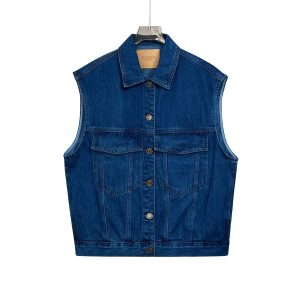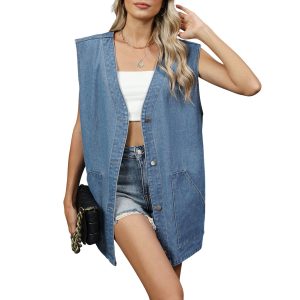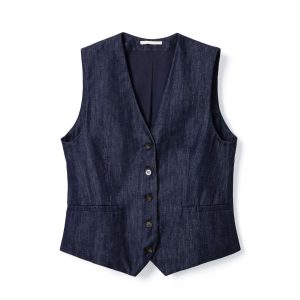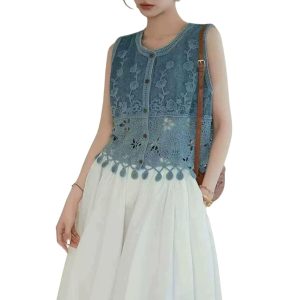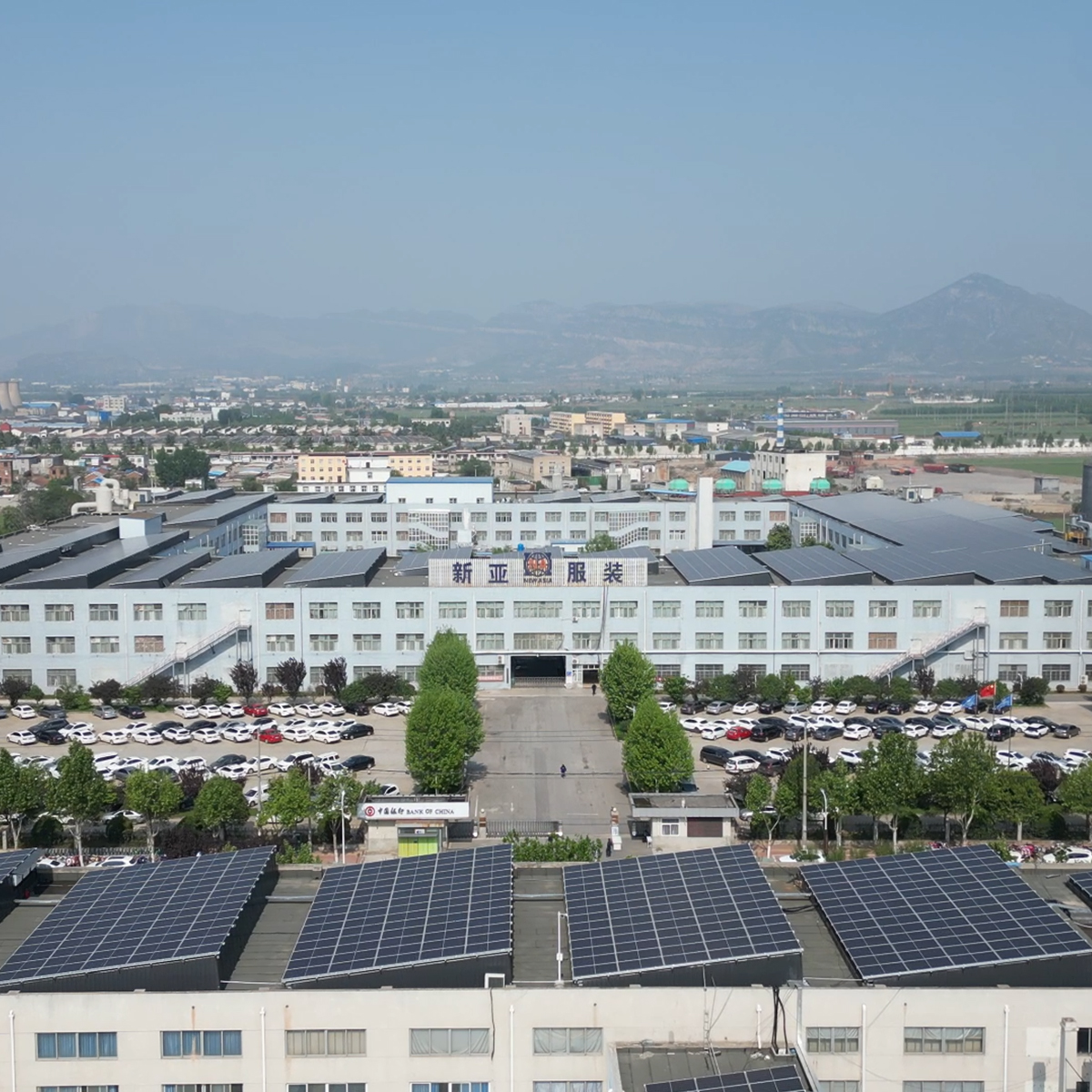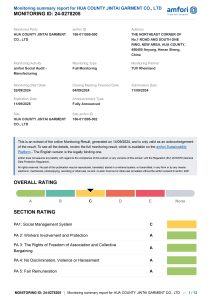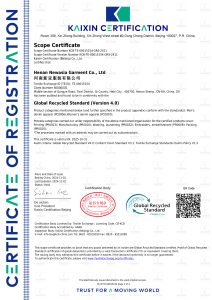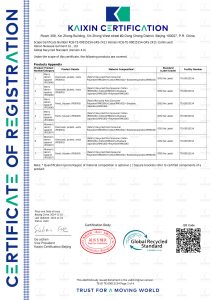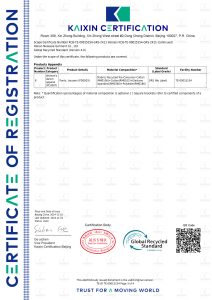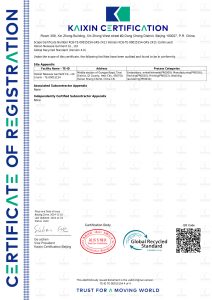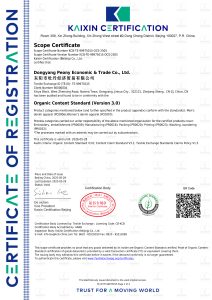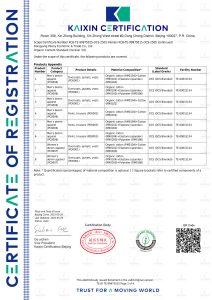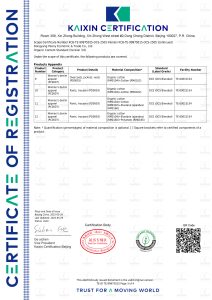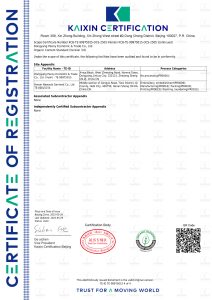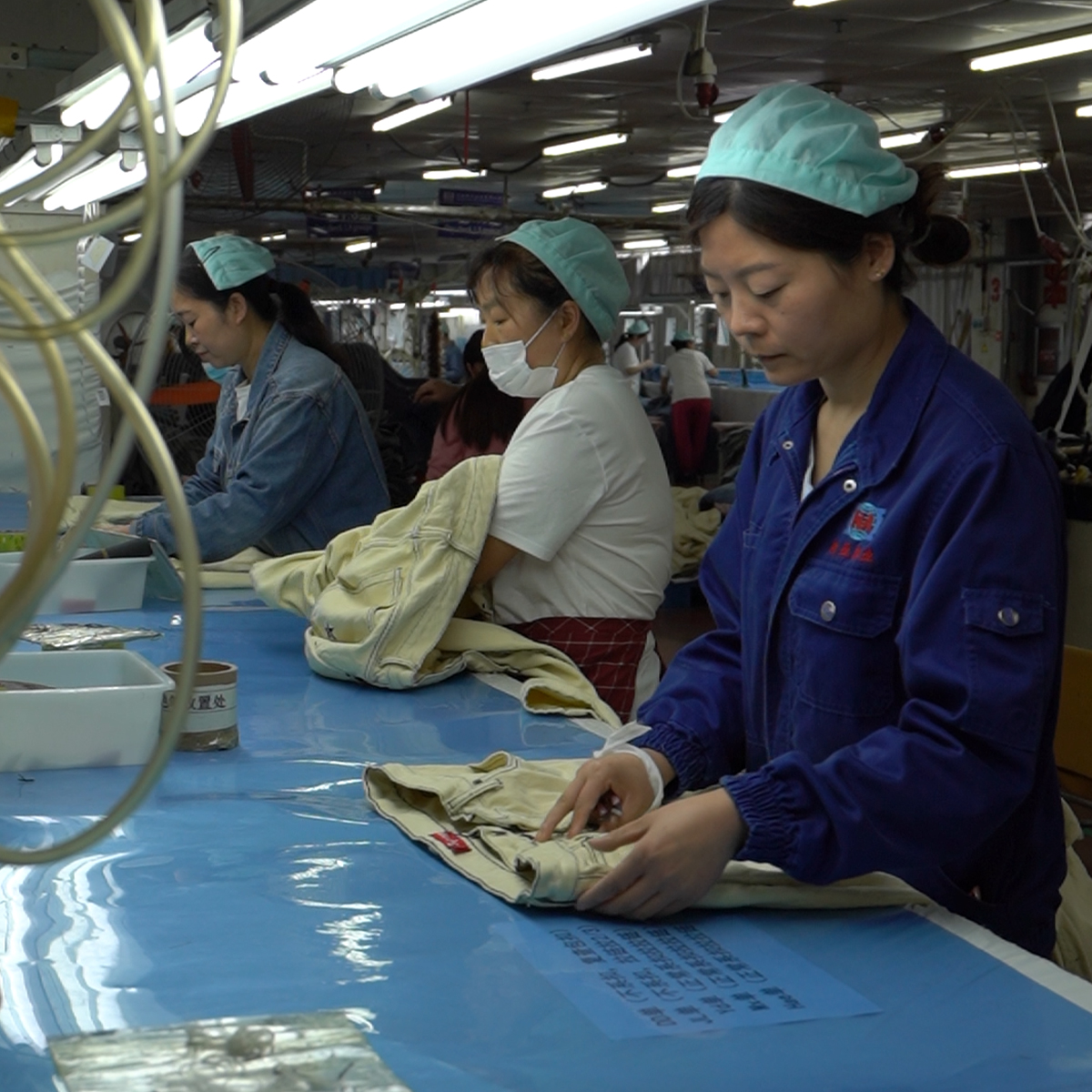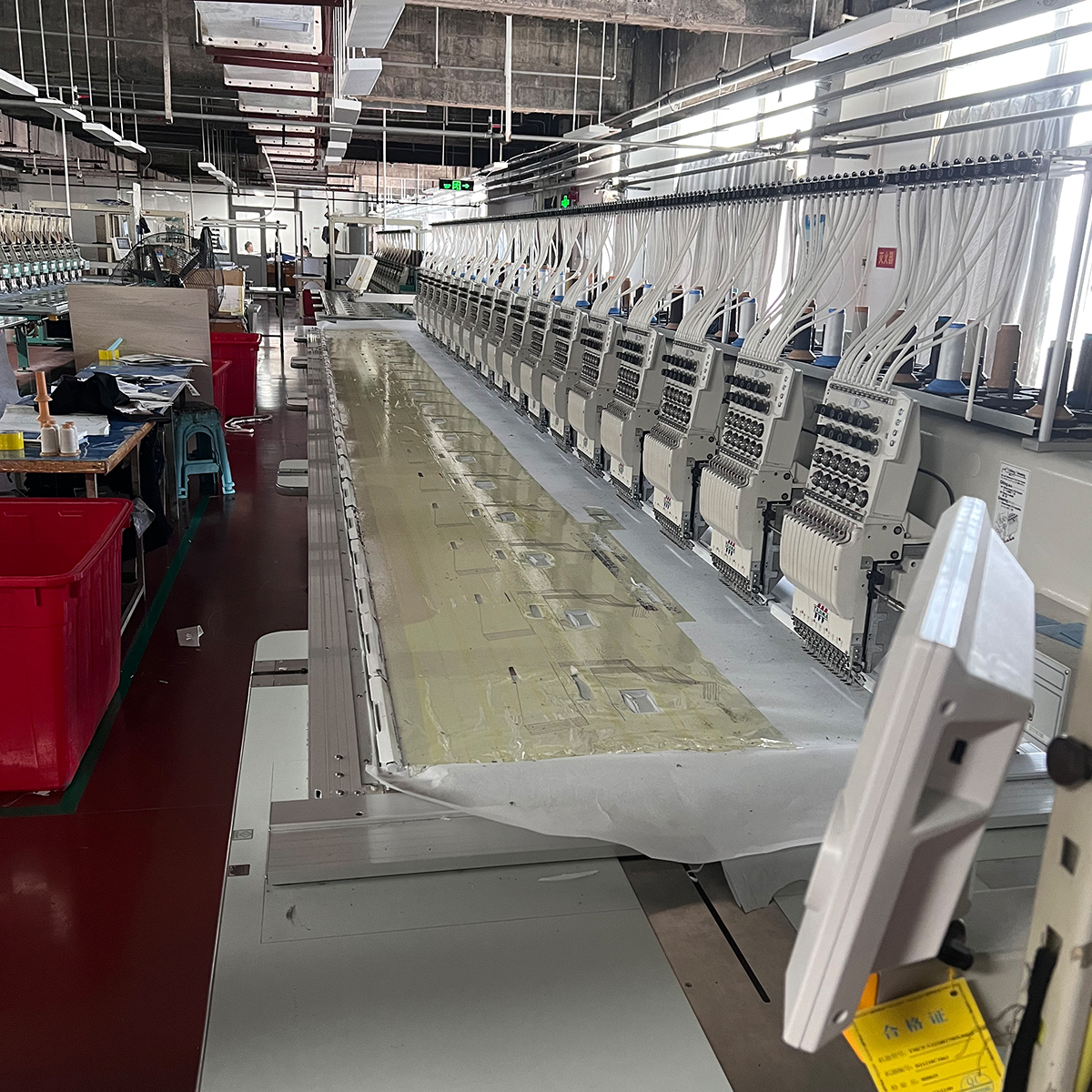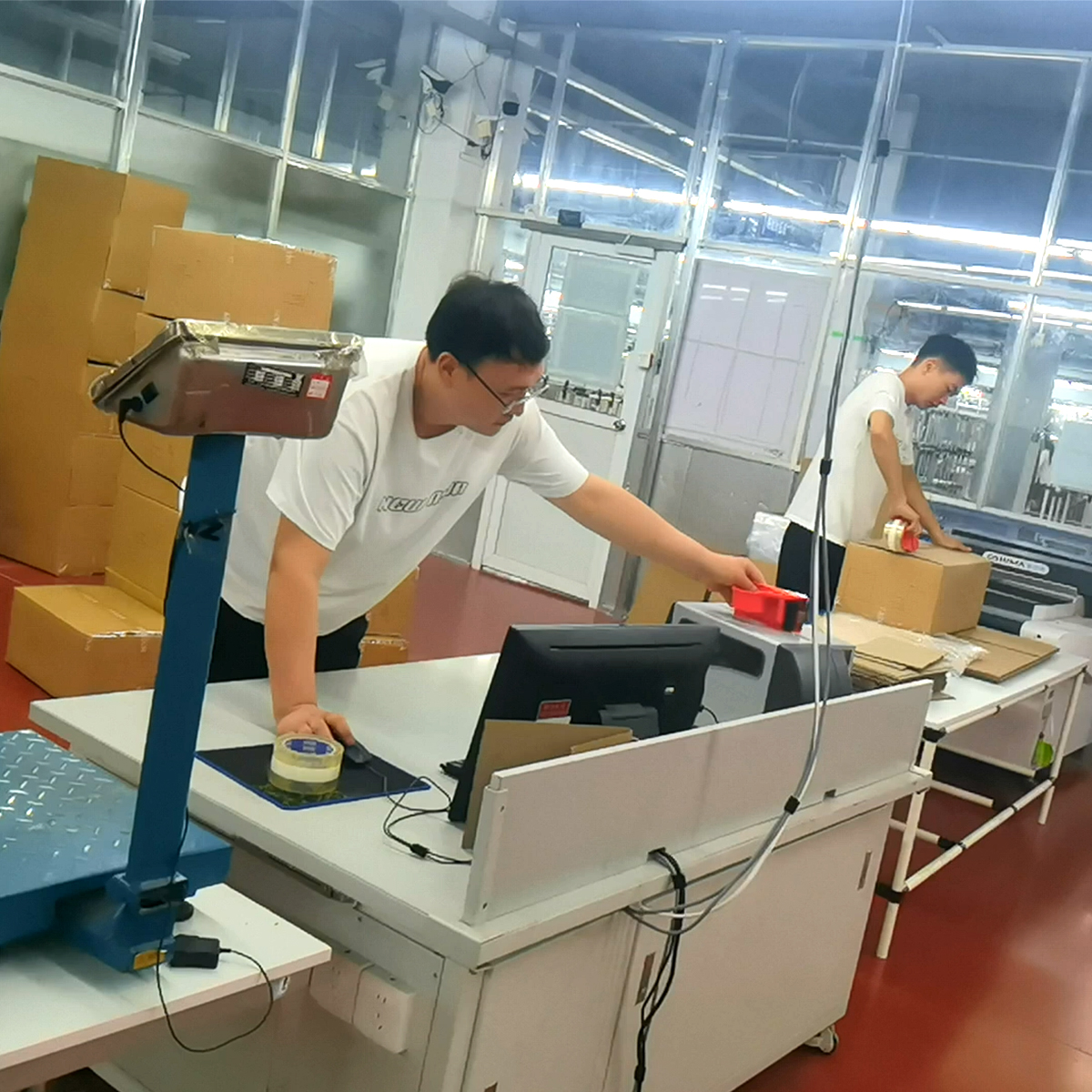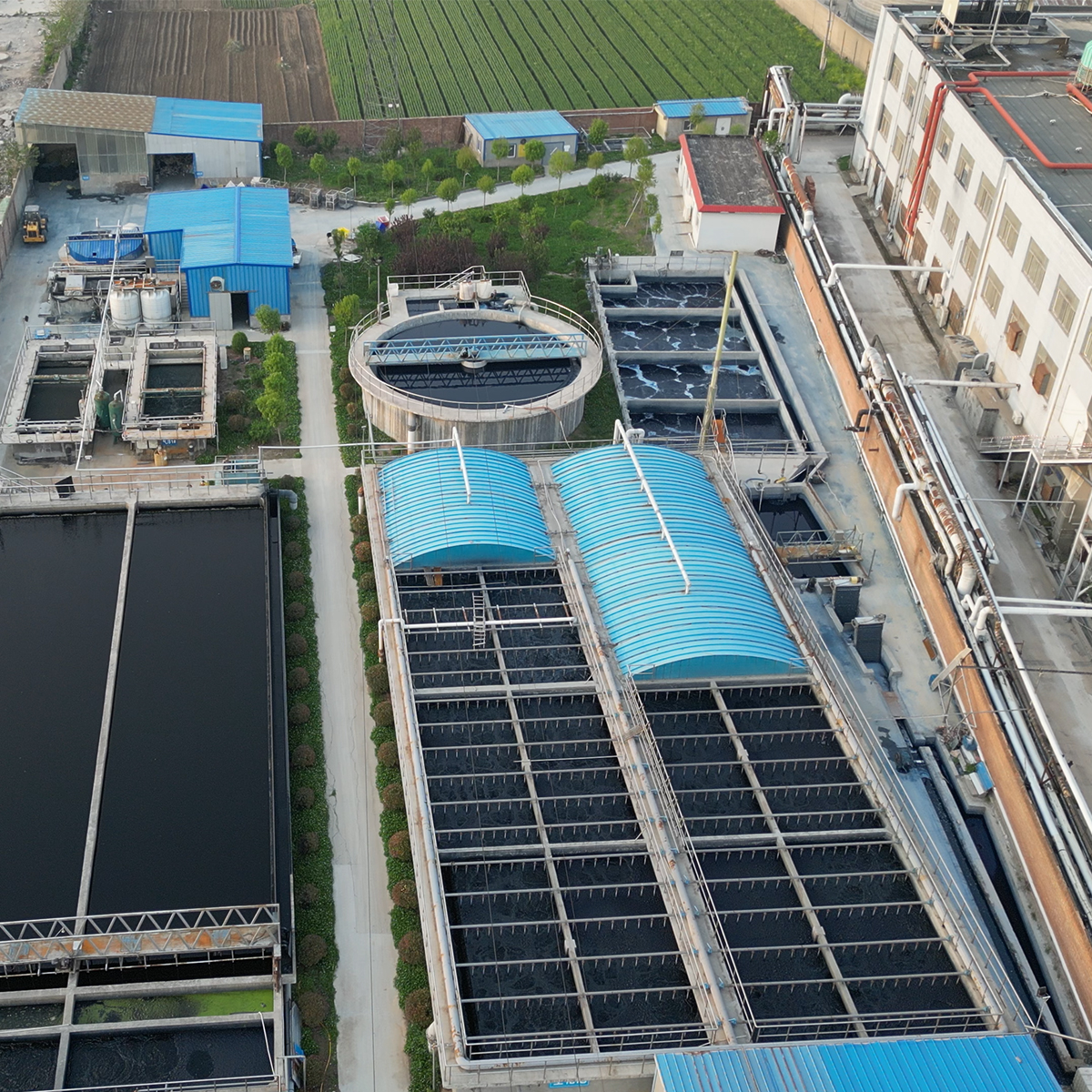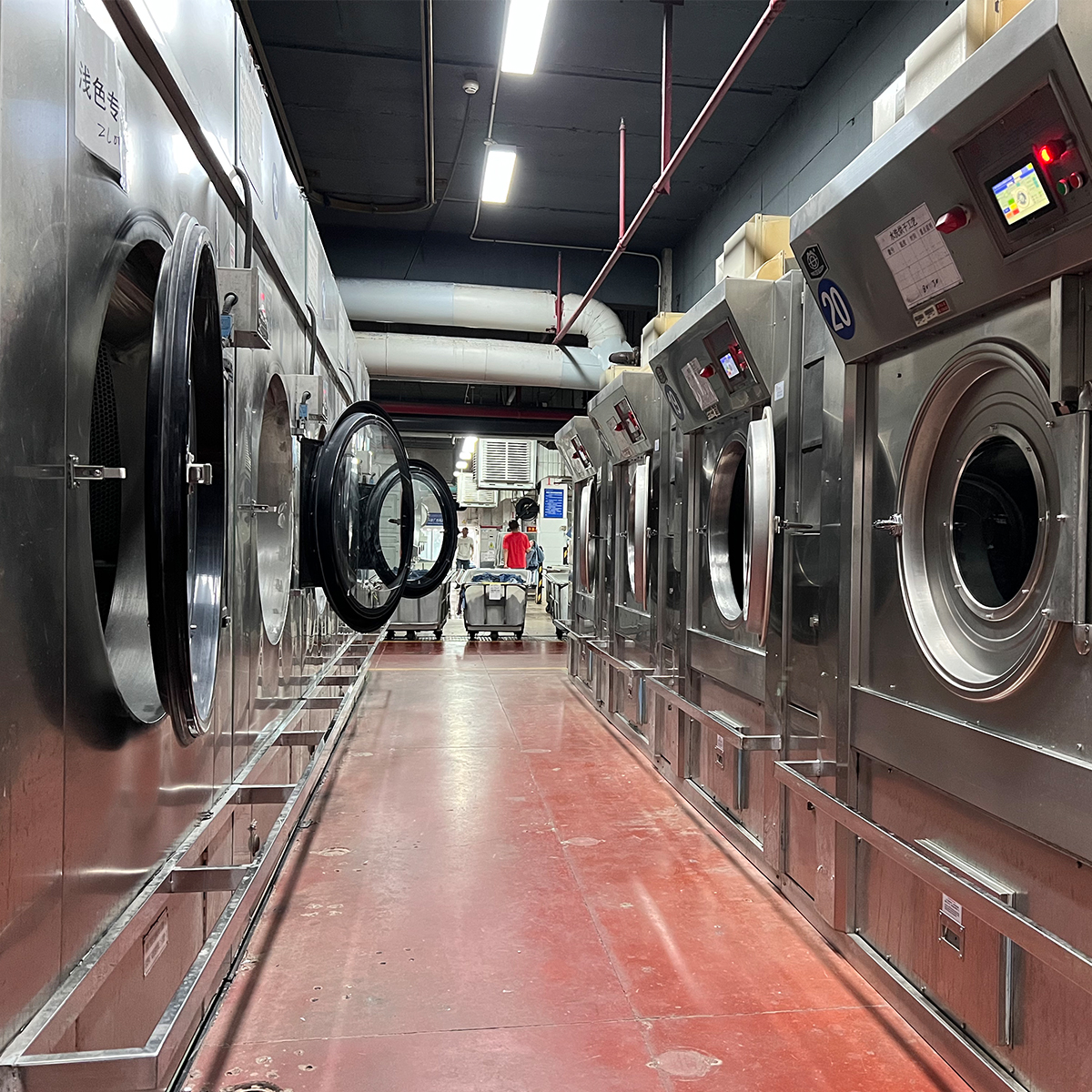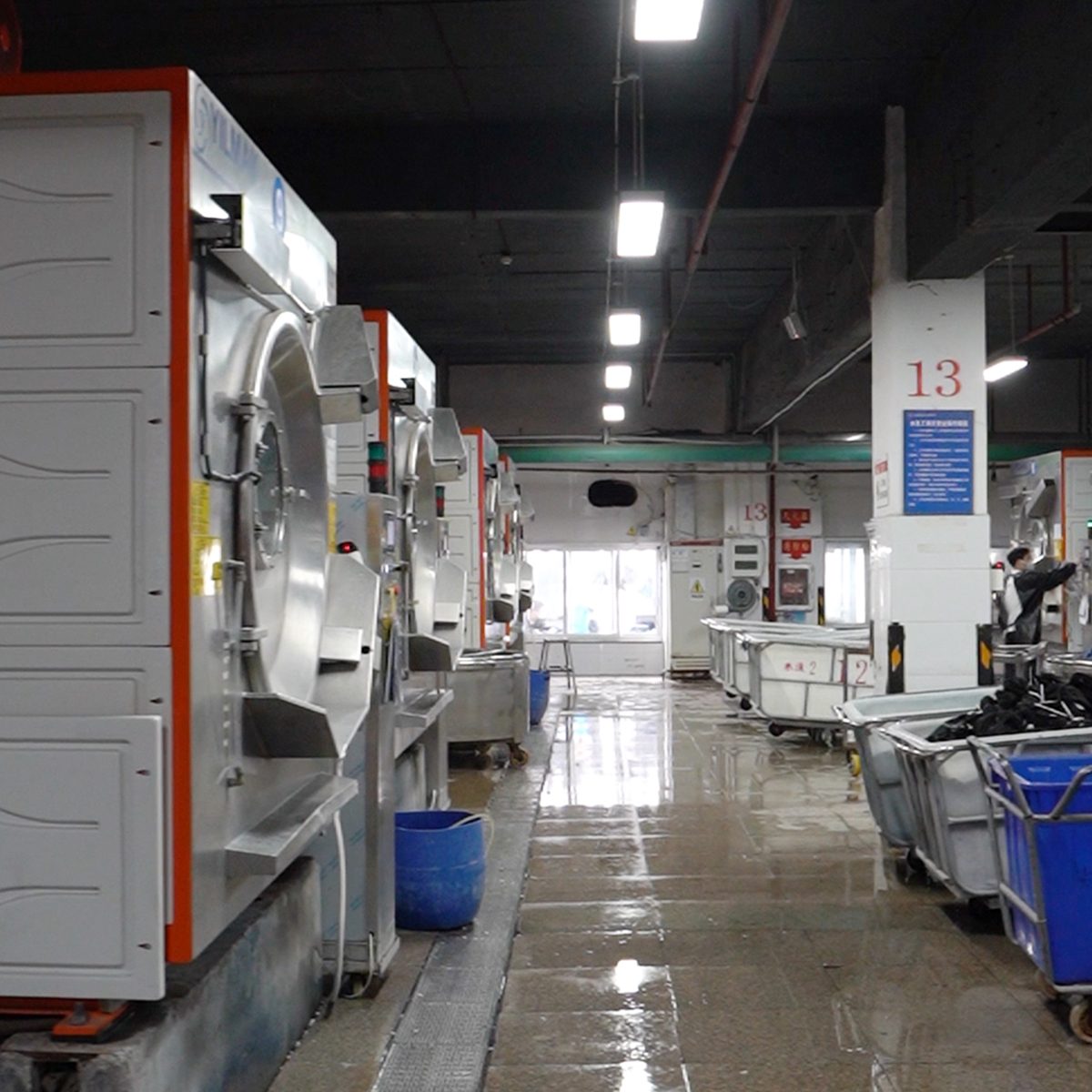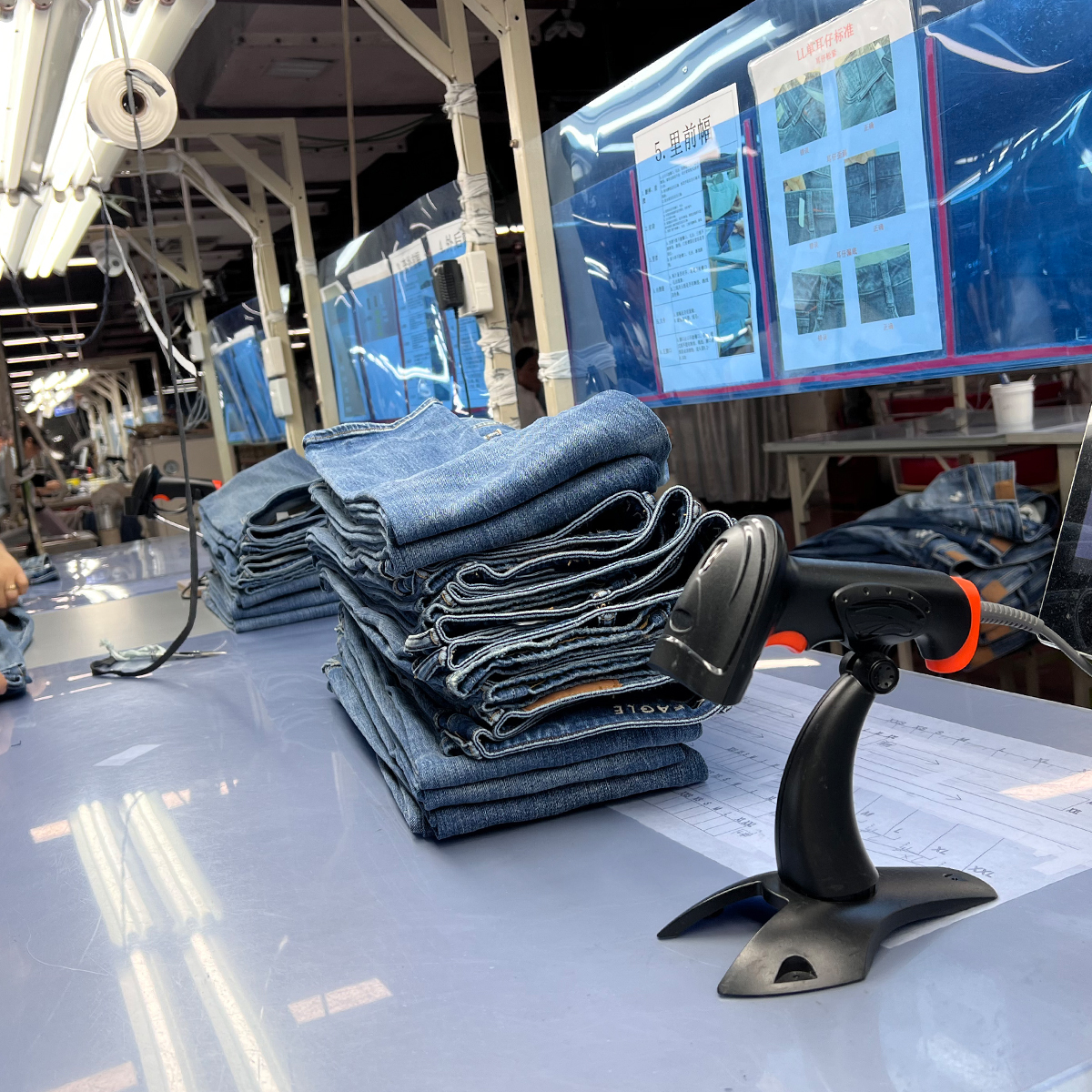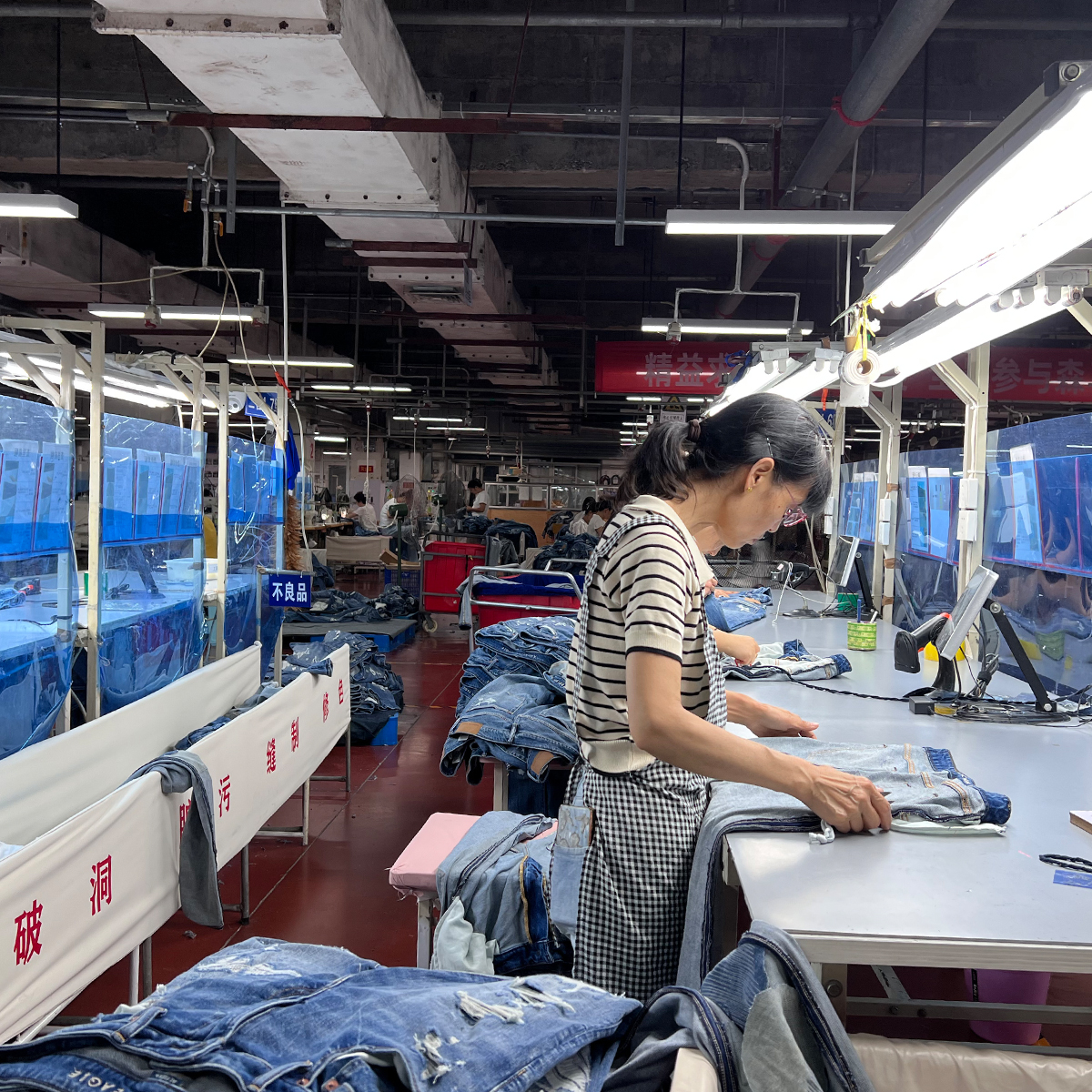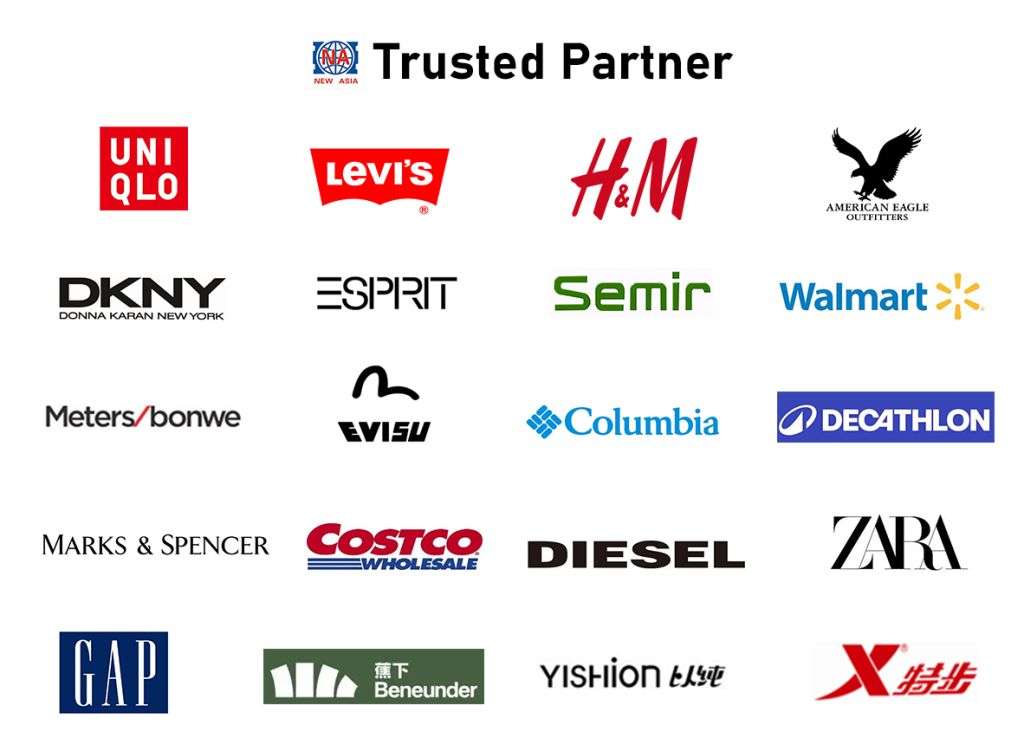In the world of fashion, few garments have achieved the timeless appeal and versatile status of blue indigo jeans. From casual streetwear to high-end runway collections, denim holds a unique position as an indispensable wardrobe staple. Behind this enduring popularity lies a meticulous manufacturing process, driven by innovative manufacturers who blend traditional techniques with modern technology. This article delves into the intricate world of blue indigo jeans manufacturing, exploring the history, processes, and future trends shaping this iconic fashion item.
The Rich History of Indigo Jeans
Denim, as we know it today, originated in the 17th century in N?mes, France. The fabric was initially used for sturdy worker garments due to its durability. The term “denim” is believed to derive from “serge de N?mes,” referencing the city of N?mes. The association with blue indigo dye emerged in the 19th century, when Levi Strauss and other pioneers began manufacturing durable pants for miners and laborers during the California Gold Rush.
Indigo was chosen for its deep, rich blue hue and its unique ability to fade gracefully over time, giving jeans a distinctive character. Over the decades, denim evolved from utilitarian wear to a symbol of rebellion, individuality, and fashion innovation. Today, blue indigo jeans embody a blend of tradition and contemporary style, thanks to manufacturers committed to quality and craftsmanship.
The Manufacturing Process: From Cotton to Chic
1. Raw Material Selection
The journey begins with selecting high-quality cotton fibers. Premium cotton, such as Egyptian or Supima cotton, is preferred for luxury jeans, while more affordable options cater to mass-market production. The cotton fibers are cleaned and spun into yarn, which forms the foundation of the denim fabric.
2. Weaving Denim Fabric
Woven on shuttle or projectile looms, denim fabric has a distinctive twill weave pattern that lends it strength and visual appeal. The characteristic diagonal ridge (twill) is achieved through a weaving technique where the weft passes under two or more warp threads. Modern manufacturers utilize computerized looms to ensure consistency and efficiency.
3. Indigo Dyeing
Indigo dyeing is a critical step defining the aesthetic of blue jeans. Traditional dyeing methods involve dip dyeing the yarn multiple times in indigo vats, allowing the yarn to develop a deep blue color. These vats historically used natural indigo derived from plants, but contemporary production often employs synthetic indigo for cost-effectiveness and environmental considerations.
Some manufacturers adopt innovative dyeing techniques like rope dyeing or slasher dyeing to achieve specific shades of indigo and unique fading properties. The dyed yarns are then woven into denim fabric, which is subsequently processed for durability and appearance.
4. Washing and Finishing
After weaving, denim fabrics undergo various washing and finishing processes to enhance look, feel, and performance. Techniques include stone washing, enzyme washing, laser fading, and abrasion. These treatments create a range of aesthetics from vintage, worn-in styles to pristine, raw denim appearances.
Finishings like distressing and whiskering mimic natural wear patterns, appealing to consumers seeking authentic-looking jeans. Additionally, eco-friendly processes are increasingly adopted to minimize water and chemical use.
5. Cutting and Sewing
The dyed and finished denim fabric is cut into various pattern pieces based on design specifications. Skilled artisans assemble the jeans using specialized sewing machines, attaching features like rivets, buttons, zippers, pockets, and waistbands. Precision in cutting and sewing is vital to ensure fit, durability, and aesthetic quality.
6. Quality Control and Packaging
Final inspection involves checking seams, measurements, color consistency, and overall craftsmanship. Defective items are reworked or discarded. Approved jeans are folded, tagged, and packaged for distribution to retail outlets worldwide.
Innovations in Denim Manufacturing
The denim industry continually evolves, integrating new technologies and sustainable practices. Some notable innovations include:
- Eco-Friendly Dyes and Finishing: Use of natural dyes, laser finishing, and ozone washing to reduce chemical usage and water consumption.
- Stretch Denim: Incorporation of elastane fibers enhances comfort and fit, broadening the appeal of blue indigo jeans.
- Digital Printing and Customization: Advanced digital techniques allow for unique patterns and personalized designs on denim surfaces.
Sourcing and Sustainability
Sustainable manufacturing has become a core focus for leading blue indigo jeans producers. From organic cotton cultivation to water-saving dyeing processes, manufacturers aim to minimize environmental impact. Ethical labor practices and fair trade certifications also play a vital role in modern denim production, aligning with consumer demand for responsible fashion.
The Role of Manufacturers in Shaping Denim Trends
Fashion brands rely heavily on manufacturers to innovate and adapt to changing consumer preferences. Manufacturers invest in research and development to create new fabric blends, unique washes, and design collaborations. Their expertise in technical processes enables brands to launch collections with distinct identities and superior quality.
Quality assurance standards, adherence to sustainability, and efficient supply chain management are integral to maintaining reputation and meeting global demand for blue indigo jeans.
The Future of Blue Indigo Jeans Manufacturing
The future holds promising possibilities for the industry. Advancements in bio-fabrication could lead to lab-grown fibers reducing the environmental footprint. Smart denim embedded with wearable technology might become commonplace, merging fashion with functionality. Furthermore, increased transparency in sourcing and production could foster greater consumer trust and support for ethical brands.
Customization through digital platforms allows consumers to design their own jeans, fostering a personalized shopping experience. As sustainability scales, innovators are finding ways to recycle old denim into new garments, promoting circular fashion models that emphasize reuse and reduction.
Collaborations and Market Dynamics
Manufacturers often collaborate with renowned designers, influencers, and sustainability advocates to create trendy yet responsible denim lines. Market dynamics are influenced by cultural shifts, lifestyle changes, and technological progress, compelling manufacturers to stay agile and innovative.
Global trade policies, tariffs, and local production hubs impact how denim is sourced, developed, and distributed. Leading manufacturers strategically position themselves in key regions to optimize supply chains and reduce lead times.
Key Players in the Blue Indigo Jeans Manufacturing Sector
Major brands and manufacturers vie for dominance through innovation, quality, and sustainability. Companies like Cone Denim, Candiani Denim, and Sanforized have established reputations for excellence. Meanwhile, emerging brands focus on niche markets, eco-conscious fabrics, and artisanal craftsmanship to carve out unique spaces in the industry.
Conclusion
While this article does not include a formal conclusion, it’s evident that blue indigo jeans manufacturing is a complex, multifaceted industry combining tradition and innovation. From raw cotton selection to high-tech finishing, manufacturers play a pivotal role in shaping the denim landscape. As consumer preferences evolve towards sustainability, customization, and technological integration, the denim industry is poised for continuous transformation. Staying ahead requires a delicate balance of respecting heritage craft techniques while embracing cutting-edge advancements¡ªensuring that blue indigo jeans remain a beloved staple for generations to come.



